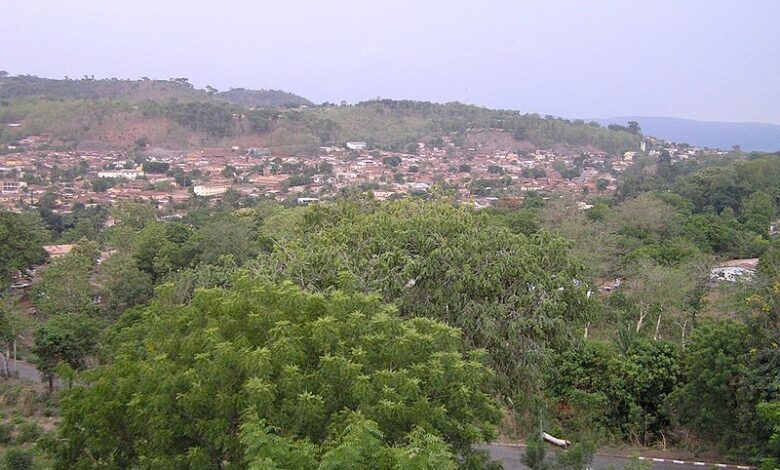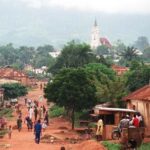Atakpamé

Atakpamé is a city in Togo, West Africa. It is the fifth largest city in the country, with a population of around 85,000 people. Atakpamé is located in the Plateaux Region, about 160 kilometres north of the capital, Lomé.
The city is an important agricultural and commercial center. It is known for its production of cotton, coffee, and cocoa. Atakpamé is also home to a textile factory and a brewery.
The city has a rich history. It was founded in the 19th century by the Ewe people. Atakpamé was an important stop on the caravan route between Lomé and the north. The city was also a haven for refugees fleeing from the Dahomey Kingdom.
Today, Atakpamé is a bustling city with a mix of traditional and modern architecture. The city is home to a number of markets, shops, and restaurants. Atakpamé is also a popular tourist destination, known for its friendly people and its beautiful setting.
Here are some of the things you can do in Atakpamé:
- Visit the Grand Marché, the city’s main market.
- Hike to the top of Mont Agou, the highest mountain in Togo.
- Visit the ruins of Kamina, a former German military base.
- Learn about the Ewe culture at the Musée National d’Atakpamé.
- Attend the Odon-Itsu festival, a traditional yam festival held in July or August.
Map view
More about Atakpamé
| ID |
|---|
| 105159 |
| Name |
| Atakpamé |
| State ID |
| 2577 |
| State Code |
| P |
| State Name |
| Plateaux Region |
| Country ID |
| 220 |
| Country Code |
| TG |
| Country Name |
| Togo |
| Latitude |
| 7.53333000 |
| Longitude |
| 1.13333000 |
| WikiData ID |
| Q126124 |

